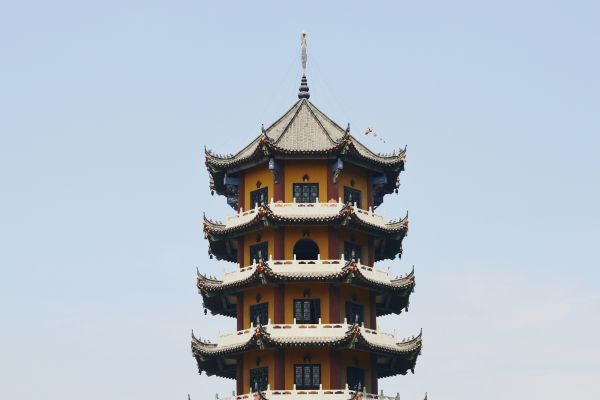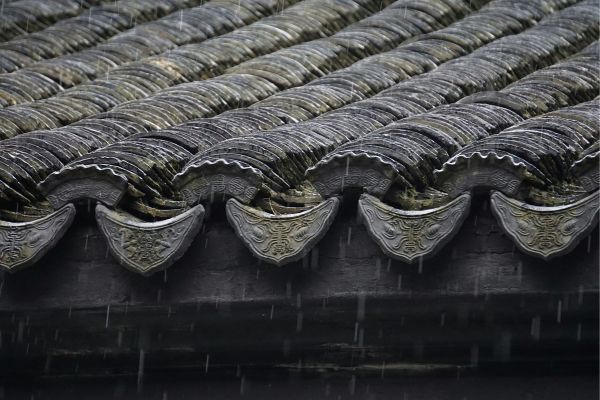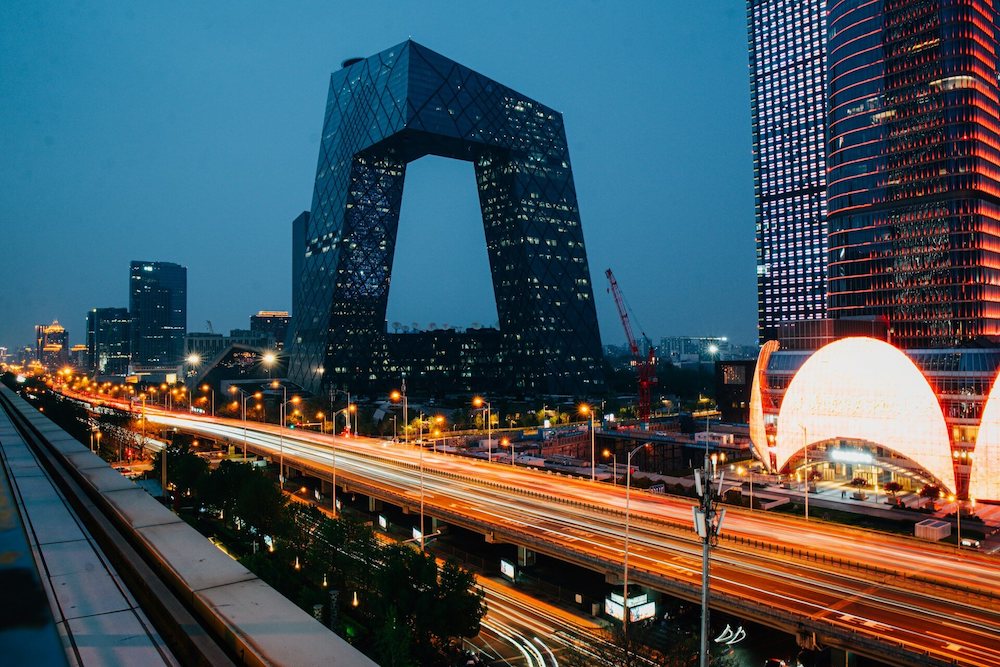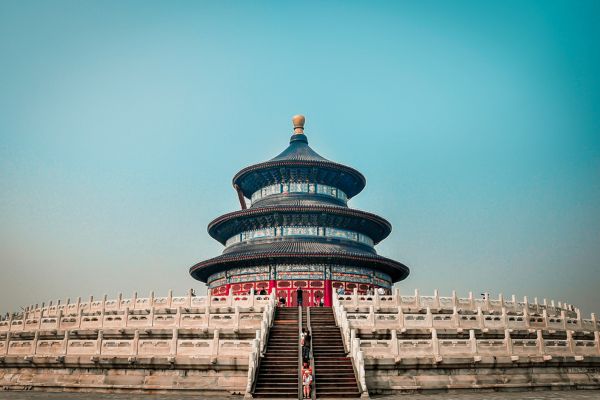
On 30 July 2020, Shenyang Intermediate People’s Court in Liaoning Province of China (hereinafter “the Chinese Court”) rendered a ruling against recognition and enforcement of two judgments made by the Seoul Southern District Court of South Korea (hereinafter “the South Korean Court”) in Jin Zhimei v. Piao Yujing, (2020) Liao 01 Xie Wai Ren No.7((2020)辽01协外认7号)), on the ground that the two-year limitation period has expired.
For the full text of the court decision, please click here.
I. Significance
To our knowledge, this is the first reported case where a Chinese court refused to recognize or enforce a foreign judgment on the ground that the application is filed after the expiration of limitation period.
II. Case Overview
The applicant, Jin Zhimei (金知美) and the respondent Piao Yujing (朴玉静) are both Chinese citizens and domiciled in China.
On 29 Nov. 2013, the South Korean Court rendered the judgments No. 2013NA7306 and No.2013NA7313 respectively on the suit for confirming the absence of debts and the suit for returning the agreed payment between the applicant and the respondent.
On 14 Dec. 2013, the above two judgments came into effect.
On 8 Apr. 2020, the applicant applied to the Chinese Court for recognition and enforcement of the above judgment.
III. Court Ruling
In accordance with Article 239 of China’s Civil Procedure Law, the limitation period to apply for enforcement is two years, starting from the last day of the performance period specified in the legal instrument, or from the effective date of the legal instrument if it does not specify a period of performance.
The Chinese Court held that the application was filed to the Chinese Court on 8 Apr. 2020, which exceeded the aforementioned two-year period; and the applicant did not provide relevant evidence of suspension or interruption of the limitation period. Therefore, Jin Zhimei’s application did not comply with relevant regulations.
On this ground, the Chinese Court ruled to refuse the recognition and enforcement of the above judgments.
IV. Our Comments
(1) The applicant shall apply within the statutory time limit
This case seems to signal that after the parties obtained an effective judgment from a foreign court, they should apply to a Chinese court to enforce the judgment in a timely manner within two years.
However, it is worth noticing that there is a gap in the Chinese Civil Procedure Law, that is, the law only stipulates the time limit for applying for enforcing as two years, yet not the time limit for applying for recognizing foreign judgments.
As a more flexible alternative, the applicant in this case may consider applying for recognition of the foreign judgment first. Within two years after the Chinese court rendered the ruling for recognition of the foreign judgment, the applicant may apply to the Chinese court to enforce the ruling. At this time, the period of application for enforcement renews on the day when the ruling of the people’s court comes into effect (Judicial Interpretation of the Civil Procedure Law, Art.547 (2)). In this way, the deadline for the application of enforcement may be avoided to a certain extent.
In fact, in the case of Oceanside Development Group Limited where the Wenzhou Intermediate Court recognized a Singapore Judgment, the applicant has already adopted such a strategy. For detailed discussion, see our previous post “Again! Chinese Court Recognizes a Singapore Judgment”.
(2) The applicant seems to be encouraged by the breakthrough progress in mutual recognition and enforcement of judgments between China and Korea
When the applicant obtained the effective judgments in 2013, Chinese courts were not keen to recognize foreign judgments. Since 2015, Chinese courts have gradually relaxed the standards for the recognition and enforcement of foreign judgments.
The Chinese court first recognized a South Korea judgment in Mar. 2019. With this encouragement, South Korean and Chinese courts have already recognized each other’s judgments in July 2019 and Apr. 2020 respectively.
Up to now, a total of four judgments have been successfully recognized and enforced between China and South Korea. (For the List of China’s Cases on Recognition of Foreign Judgments, please click here.)
i. On 5 Nov. 1999, Seoul District Court of South Korea recognized a judgment rendered by Weifang Intermediate People’s Court of Shandong Province, China.
ii. On 25 Mar. 2019, Qingdao Intermediate People’s Court of Shandong Province, China recognized a judgment rendered by Suwon District Court of South Korea. (See our previous post for details.)
iii. On 12 July 2019, Daegu High Court of South Korea recognized a judgment rendered by Chaoyang District People’s Court of Beijing. (See our previous post for details.)
iv. On 2 Apr. 2020, Shanghai First Intermediate People’s Court recognized a judgment rendered by South Seoul District Court of South Korea. (See our previous post for details.)
The appearance of such cases also demonstrates that the applicants were motivated by successive cases. The applicant in this case may also find the 2013 judgments from the “bottom of the drawer” for this reason.
This has also proved our view that once the tap for recognition and enforcement of judgments between China and a certain country is opened, a massive influx of cases is on the way. What we need to do is to turn on the taps for each jurisdiction step by step.
Photo by Cait Ellis (https://unsplash.com/@caitellis) on Unsplash
Contributors: Guodong Du 杜国栋 , Meng Yu 余萌









